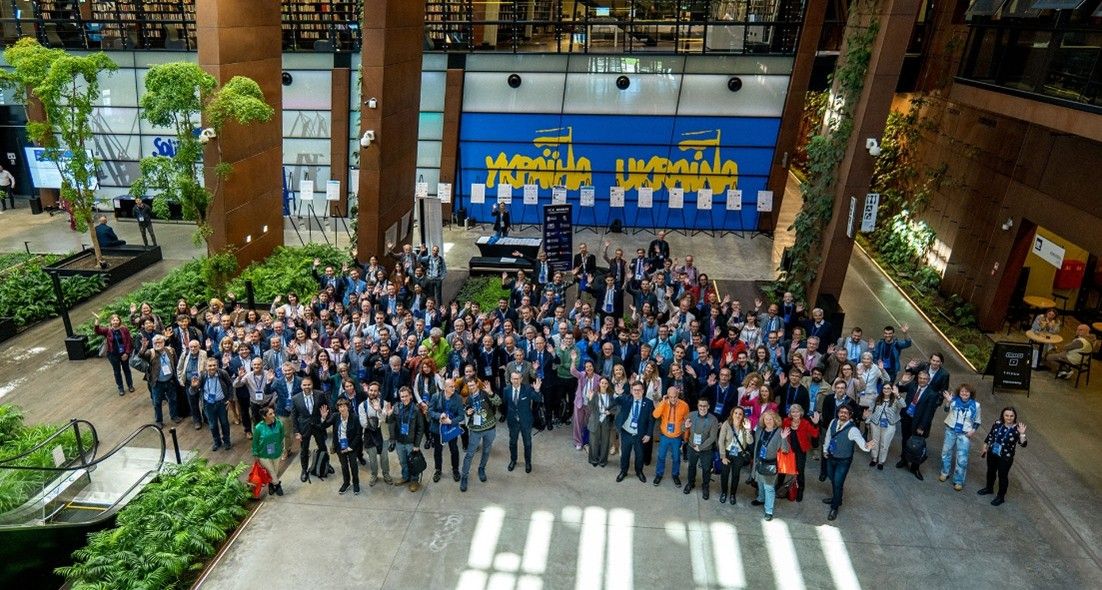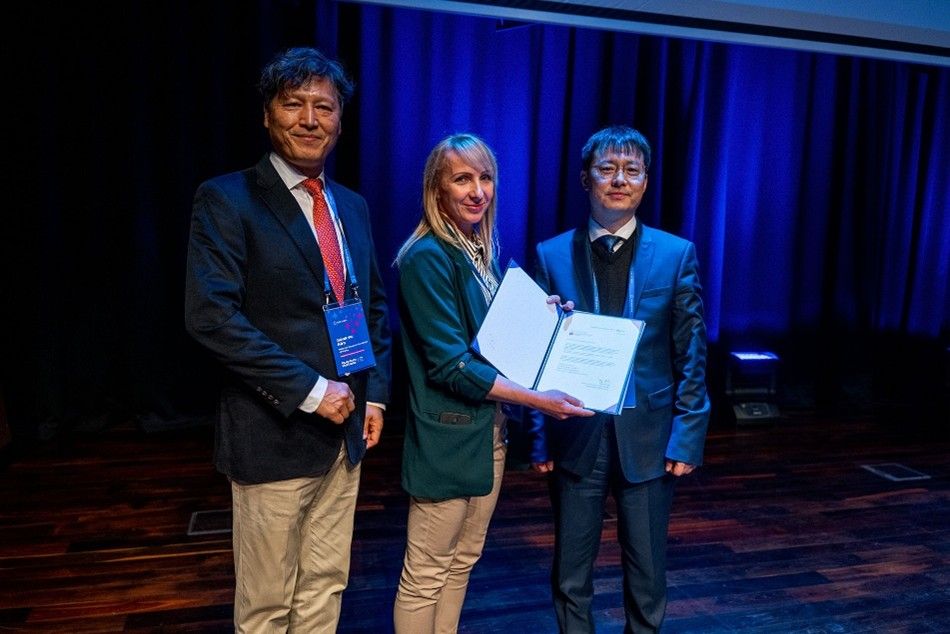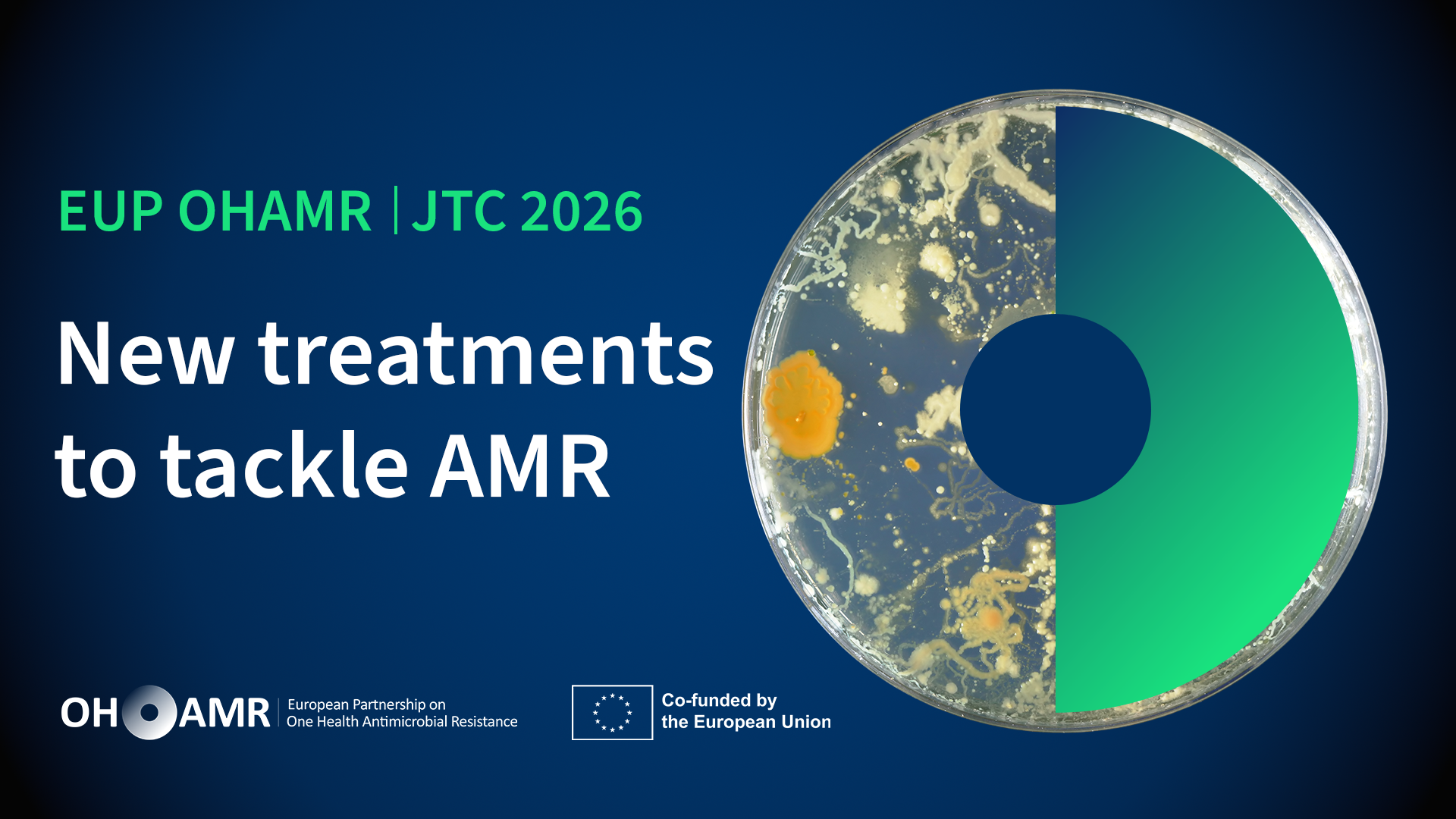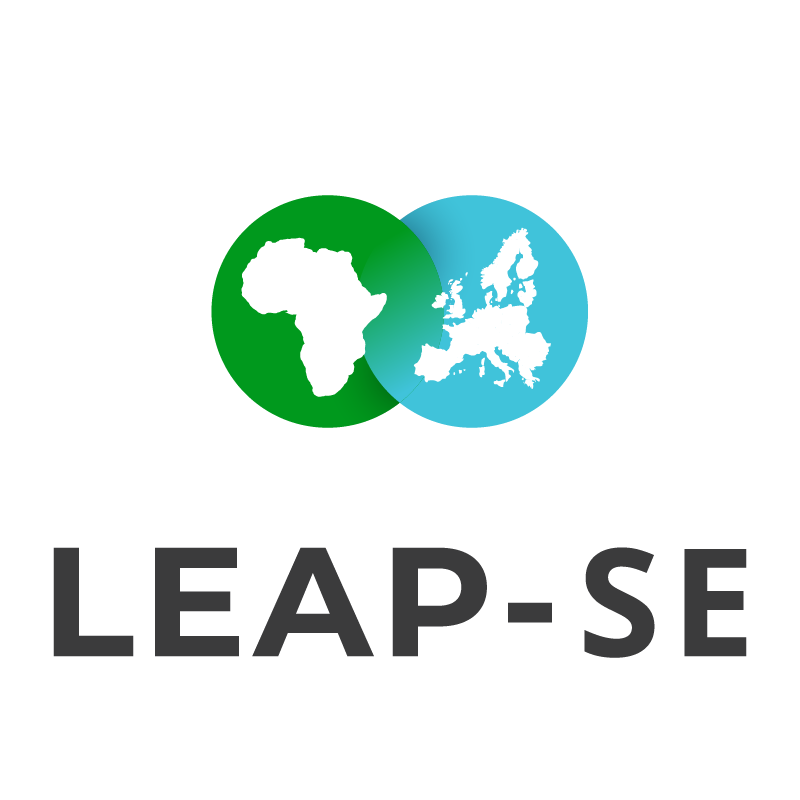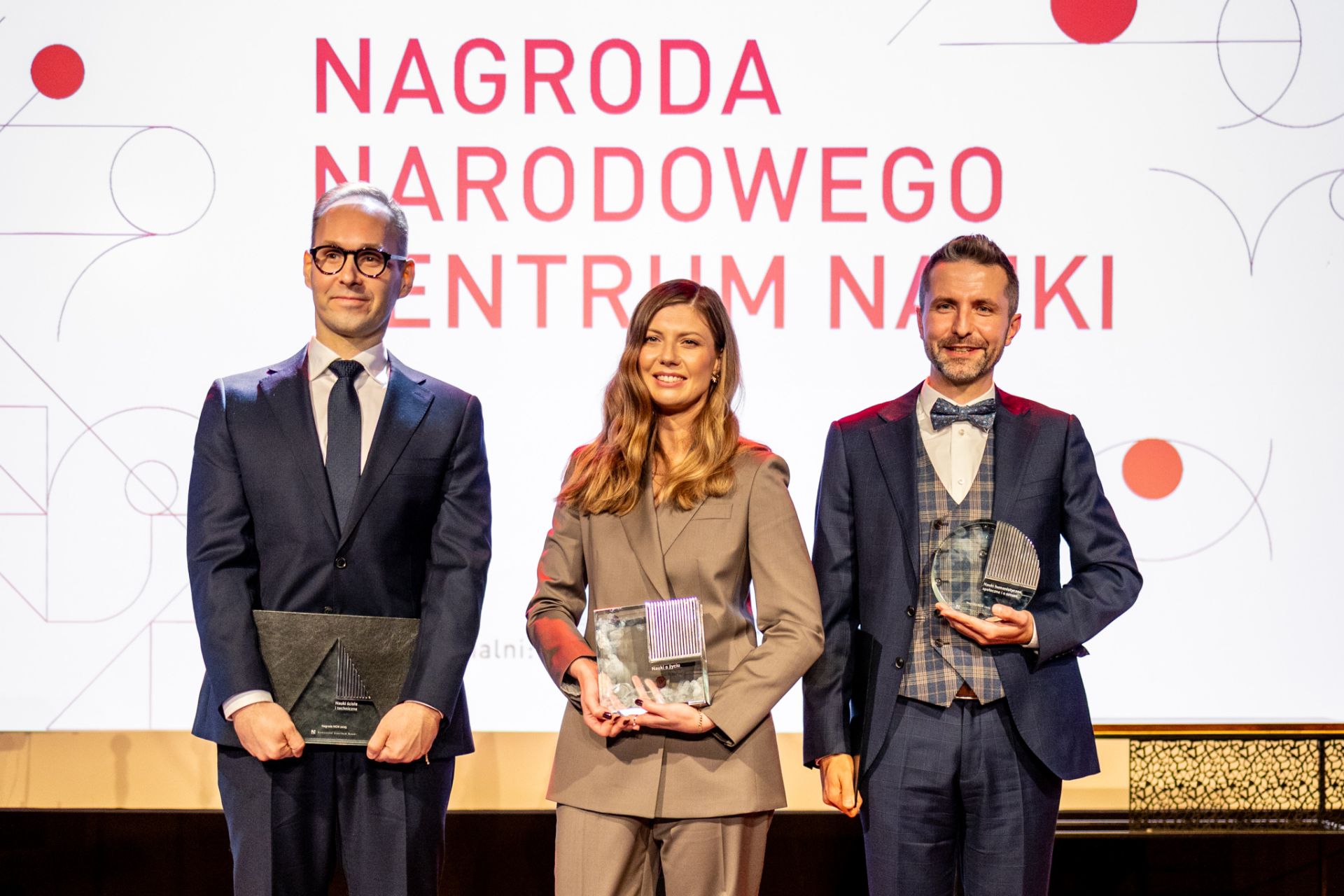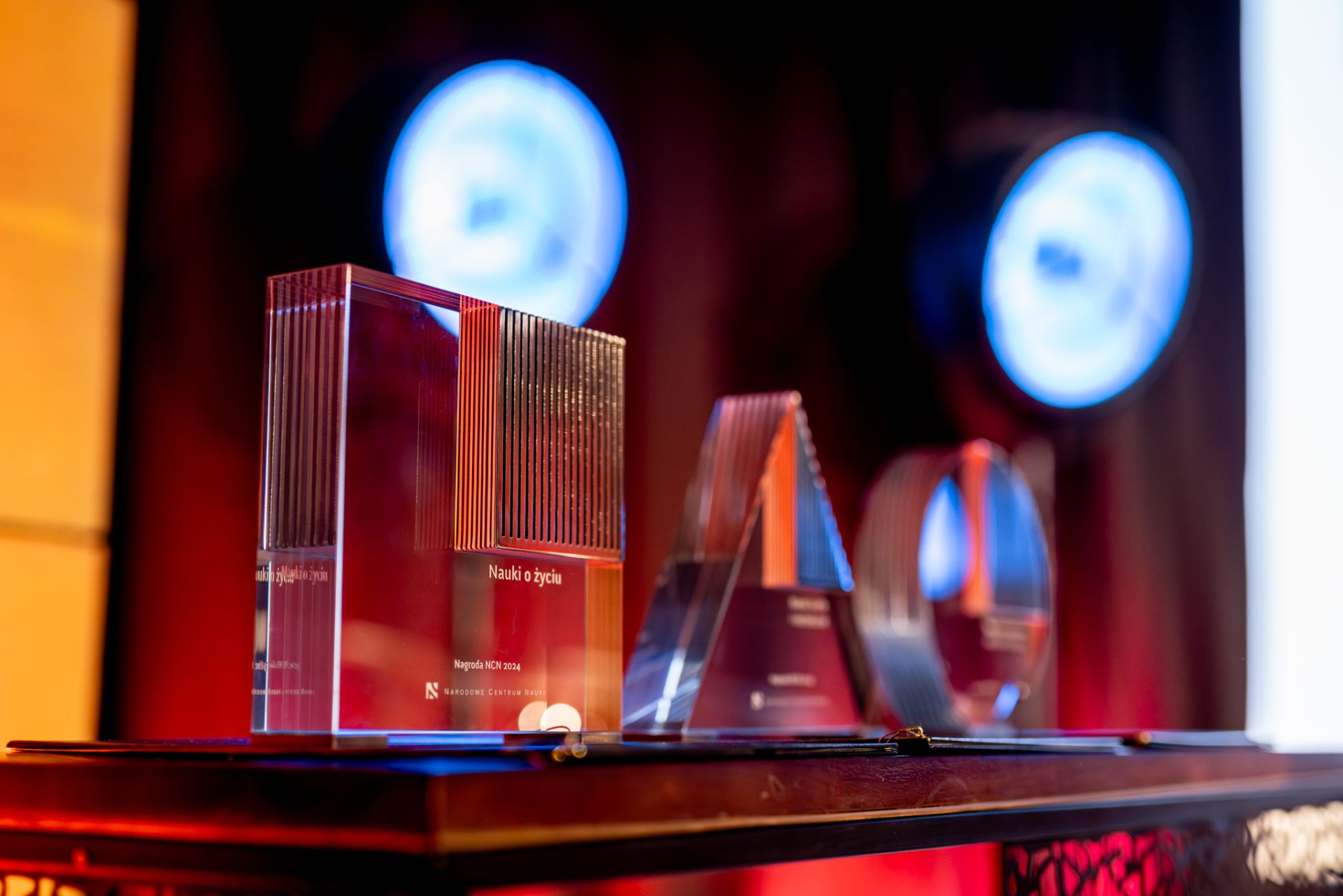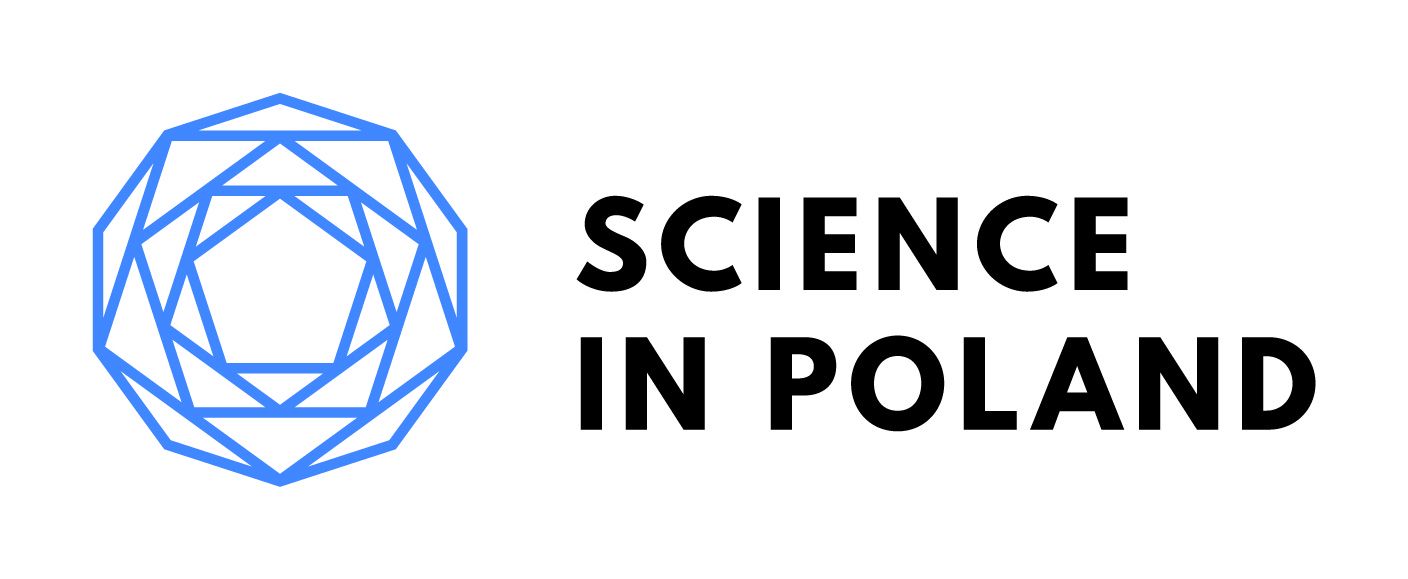IMPRESS-U: Research on Exclusive Particle Production and the Transformation of Engineering Education in Times of Crisis
Polish researchers, in collaboration with colleagues from the United States, Ukraine and the Baltic states, will conduct two research projects under the IMPRESS-U call. Over the next two years, the National Science Centre will allocate more than PLN 1.7 million to support the Polish contribution to this research effort.
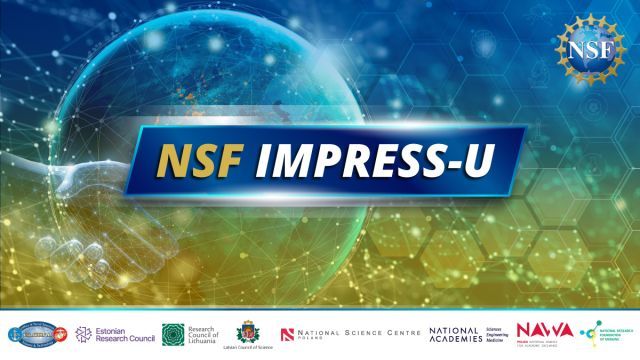 The IMPRESS-U call (International Multilateral Partnerships for Resilient Education and Science System in Ukraine), announced in August 2023, supports the advancement of research, education and innovation, with a particular emphasis on integrating Ukrainian researchers into the global scientific community. The program creates opportunities for joint research projects carried out by teams from Poland, Ukraine and the United States, with the option to include partners from Lithuania, Latvia and Estonia.
The IMPRESS-U call (International Multilateral Partnerships for Resilient Education and Science System in Ukraine), announced in August 2023, supports the advancement of research, education and innovation, with a particular emphasis on integrating Ukrainian researchers into the global scientific community. The program creates opportunities for joint research projects carried out by teams from Poland, Ukraine and the United States, with the option to include partners from Lithuania, Latvia and Estonia.
The initiative is led by the U.S. National Science Foundation (NSF), which is responsible for the scientific evaluation of international joint proposals. Partner agencies, including the NCN, endorse the results of this review and provide funding to research teams from their respective countries. Through participation in IMPRESS-U, Polish researchers are not only advancing innovative research in international teams but also contributing to the recovery and development of Ukraine’s research community, supporting the integration of Ukrainian researchers into the global scientific landscape.
What stands in the way of innovation?
Dr hab. Agnieszka Olechnicka, prof. UW together with a team from the University of Warsaw and the Silesian University of Technology, will carry out a comparative research project entitled “Resilient Engineering to Advance Public Value and Innovation in Research Periphery Countries.” On the US side, the project will be led by Prof. Julia Melkers of Arizona State University, while the Ukrainian research team will be headed by Dr Natalia Chukhray from the Lviv Polytechnic National University. Research teams from Lithuania, Latvia and Estonia will also take part in the project.
Dr hab. Agnieszka Olechnicka, prof. UW is a regional economist and Director of the interdisciplinary Centre for European Regional and Local Studies (EUROREG) at the University of Warsaw. Her research explores the role of science and higher education in regional and local development processes. More recently, she has focused on the spatial dimension of scientific collaboration, inequalities within the research sector, the impact of external shocks – such as the war in Ukraine – on the functioning of research systems and the implementation of innovation policy in the European Union.
"I met the project leader at the Science, Technology and Innovation Indicators (STI 2023) conference in Leiden in September 2023, where I presented preliminary research findings on the impact of Russia’s aggression against Ukraine on the European research sector. Professor Melkers invited me to join the emerging consortium. I became interested in the project because it addresses research and socially significant issues related to the transformation of engineering education in times of crisis. This aligns closely with my interests in the functioning of higher education and its role in fostering innovation, especially in regions with more limited research capacity,” says Professor Olechnicka.
The project is based on a case study approach and will identify critical factors within the academic ecosystems of technical universities that either hinder or support innovation and the transformation of engineering faculties. Researchers will seek to answer the question: which political, institutional, structural and cultural factors determine – or impede – the successful implementation of innovations in academic engineering programmes during times of crisis?
The aim of the project is to develop a synthesis of ecosystem factors, as well as identify best practices and promising models related to joint research and educational initiatives. These findings are intended to serve as a guiding framework for universities in peripheral regions to strengthen their research capacities.
“The interdisciplinary and international nature of the consortium is particularly important to me, as it includes partners from the United States, Ukraine and the Baltic states. On one hand, we can draw on American experience in transforming engineering programmes, while on the other, we can support our Ukrainian partners, for whom developing models of university resilience and innovation will be crucial in the post-war reconstruction and recovery period. I expect that we will identify mechanisms through which technical universities in Central and Eastern Europe can more effectively adapt to crisis situations, strengthening education that supports the economic environment and the creation of knowledge with high social value,” emphasises the researcher.
The National Science Centre will provide nearly PLN 1.4 million to fund the Polish component of the research.
What secrets lie within the heart of matter?
The second IMPRESS-U grant recipient to receive funding from the National Science Centre is Dr hab. Jakub Wagner of the National Centre for Nuclear Research. He will lead a Polish research team conducting a project entitled “EAGER IMPRESS-U: Study of 3D nucleon structure through deep-exclusive processes at the Electron-Ion Collider.” The project is led by an US team under the direction of Andrei Afanasev from George Washington University, while the Ukrainian research will be coordinated by Mykola Merenkov from the National Science Center: Kharkiv Institute of Physics and Technology. The budget for the Polish component of the research amounts to nearly PLN 400,000.
“On a daily basis, I work on quantum chromodynamics, the theory describing strong interactions – one of the four fundamental forces of nature. I am particularly interested in the structure of the proton: I study how its properties emerge from the complex interactions of quarks and gluons, and what its three-dimensional structure looks like. You could think of it as a kind of ‘proton tomography,’ where we try to peer inside and reconstruct the processes occurring at the subatomic scale,” says Dr hab. Jakub Wagner.
Researchers from Ukraine, Poland and the United States will jointly conduct studies on phenomena that will be crucial for the new US particle accelerator – the Electron-Ion Collider (EIC) at Brookhaven National Laboratory. The aim of the project is to achieve a better understanding and description of exclusive particle production, processes in which an electron colliding with a proton produces a specific particle, such as a photon or a meson.
“The planned construction of the Electron-Ion Collider (EIC) in the United States is directly related to my research on the proton’s structure and exclusive processes, which allow its tomography. However, a precise analysis of future results requires accounting for quantum corrections in electromagnetic interactions. The IMPRESS-U programme makes it possible to combine the expertise of the NCBJ group in describing exclusive processes with the achievements of our American and Ukrainian partners in calculating these corrections,” explains Dr hab. Wagner. We have been following each other’s research results for years and have met repeatedly at international workshops and conferences dedicated to hadron physics and EIC studies. However, it was the IMPRESS-U program that provided the proper framework to transform this acquaintance and exchange of experience into a close research collaboration,” he adds.
Over the course of two years, the researchers will carry out calculations, computer simulations and develop new theoretical tools to analyse data from the EIC. The project also has a strong educational component – it engages young researchers from the US, Poland, and Ukraine and includes the organisation of international scientific workshops. This collaboration will lay the foundation for further joint research and the advancement of science in the field of particle physics.
“I expect the project to establish a solid theoretical foundation and develop tools for analysing exclusive processes at the EIC, including electromagnetic corrections. This will lead to greater precision in future measurements and a better understanding of the proton’s structure. Equally important, the project will strengthen long-term collaboration between teams from Poland, the United States and Ukraine, and prepare young researchers to actively participate in the EIC scientific program,” emphasises Dr. hab. Wagner.
Further initiatives supporting Ukrainian researchers
The National Science Centre is participating in additional initiatives in support of Ukraine. In 2024, it joined the LUKE – Linking Ukraine to the European Research Area consortium. The project, led by the DLR Project Management Agency (Germany), brings together 25 institutions from 15 countries. The initiative aims to organise a joint call to fund international research projects with Ukraine, strengthen Ukraine’s research capacity and facilitate the transfer of knowledge and best practices. The announcement of the first call for proposals is planned for late 2025 or early 2026.
Eight projects funded by the National Science Centre under the IMPRESS-U programme are currently underway at Polish research institutions in Opole, Rzeszów, Bydgoszcz, Gliwice, Łódź, Szczecin, Warsaw, Wrocław and Kraków.

